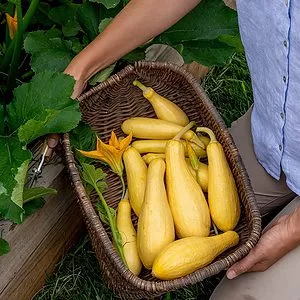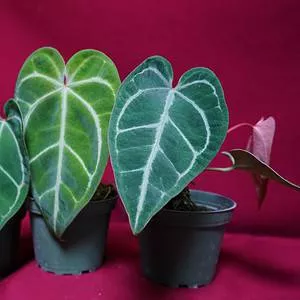No products in the cart.
Table of Contents
Are you planning to take up the art of bonsai? Then the most important thing is to provide your small tree species with the right soil mix.
Providing your bonsai trees with a good bonsai soil mix is crucial. The soil provides essential nutrients for your indoor or outdoor plants to survive to prevent root rot.
The correct bonsai soil mixes also provide aeration and retain water. While you can find bonsai soil readily made.
You can save money mixing your soil, and it gives you control of what your tree species needs. Stay tuned as Plantly provide you with how to mix your own bonsai soil mix.
Is it a Bonsai Soil Mix or a Substrate

The most no crucial part of a bonsai tree is the potting soil or is a substrate. Most times, bonsai soil is disregarded as your tree species are trees, and soil is just soil. So, anything should work.
No, as the soil is more than pushing your spade into the ground and digging up a clump of dirt. So step one is done, and now we can move on to taking care of our bonsai trees. Still, you are a bit of a geologist, artist, and horticulturist when it comes to bonsai.
Why, as you want to try to replicate nature as Mother Nature has been at the game longer and bonsai soil is made up of different gritty materials. Hence, your tree does not grow in soil but in a soil mix substrate.
Thus, you will see soil advertised for bonsai indoor plants as bonsai soil mixes or bonsai substrate mixes. So, regardless of what you use, there is a difference in the soil as it needs to provide optimal drainage.
Furthermore, your bonsai tree needs good water retention and drains freely through the drainage holes. Lastly, your tree needs good aeration to provide oxygen to the roots and leaves for photosynthesis.
So, what is a good soil mix? Let’s find out.
Different Types of Bonsai Soil Mix
Great now that you know the importance of the soil mixture for your tree. Should you use organic soil or inorganic soil, as you know that ordinary potting soil will not do.
When you look at an organic soil mixture, it has dead plant matter like bark, peat moss, or leaf litter. The problem you face using organic garden soil is that the organic matter breaks down, so the drainage reduces over time.
You also find the components deteriorating, so you do not know how quickly the soil becomes harmful. Still, if you feel you want to use organic soil with decaying plant matter, choose one that is pine bark.
Another problem is that most potting composts do not absorb water well when it dries. You find this in your cheap bonsai trees found at garden centers. You think great. I watered my plant, and all the water ran past your tree to the bottom of the pot.
Inorganic soil mixtures have no organic materials like calcined clay or volcanic rock. Hence, it absorbs less moisture and is suitable for aeration and drainage. So, you have more control over the fertilizer you use in the soil.
Still, you need a well-structured inorganic soil allowing proper drainage allowing fresh air to enter the soil. If the compacted soil lacks structure, it will lack aeration with drainage and deteriorate your tree’s health.
What Soil Components Should You Use?
The bonsai soil components are mainly organic potting compost, fine gravel (grit), Pumice, Akadama, and Lava Rock.
Akadama
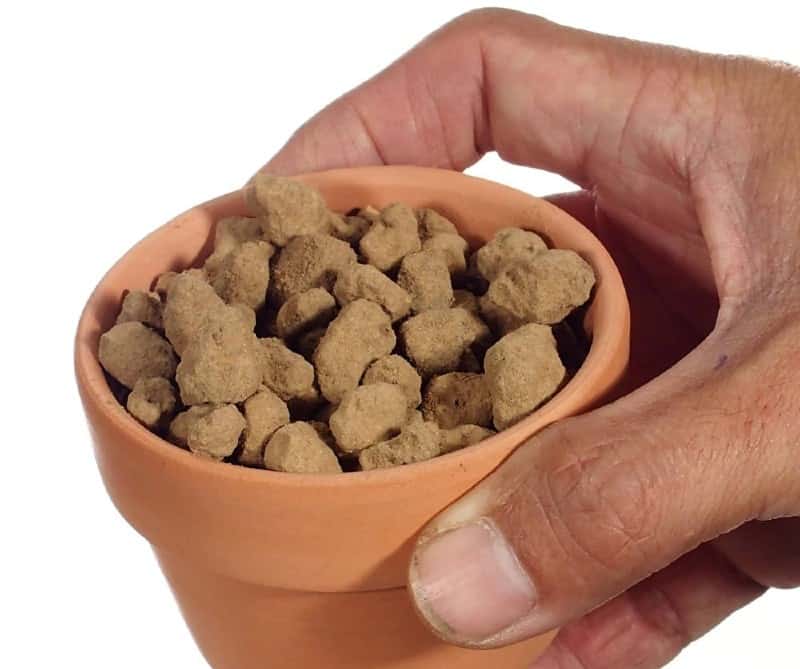
Akadama is a hard-baked Japanese clay made to use for bonsai. But if you buy it, please remember you need to sift it. After two years, it starts to break down and reduces the aeration. So, you will end up with regular re-potting.
Or you should add it to your bonsai mix with other well-draining soil components. As it is expensive, you can substitute it with other similar baked clays. You can even add it to cat-litter.
Organic Compost

The bonsai soil mixture has sand, perlite, and peat moss used as the substrate. When you use it on its own, the water retention is too much. This leads to poor aeration and drainage. But when used as part of other soils, it works well.
Fine Gravel/Grit
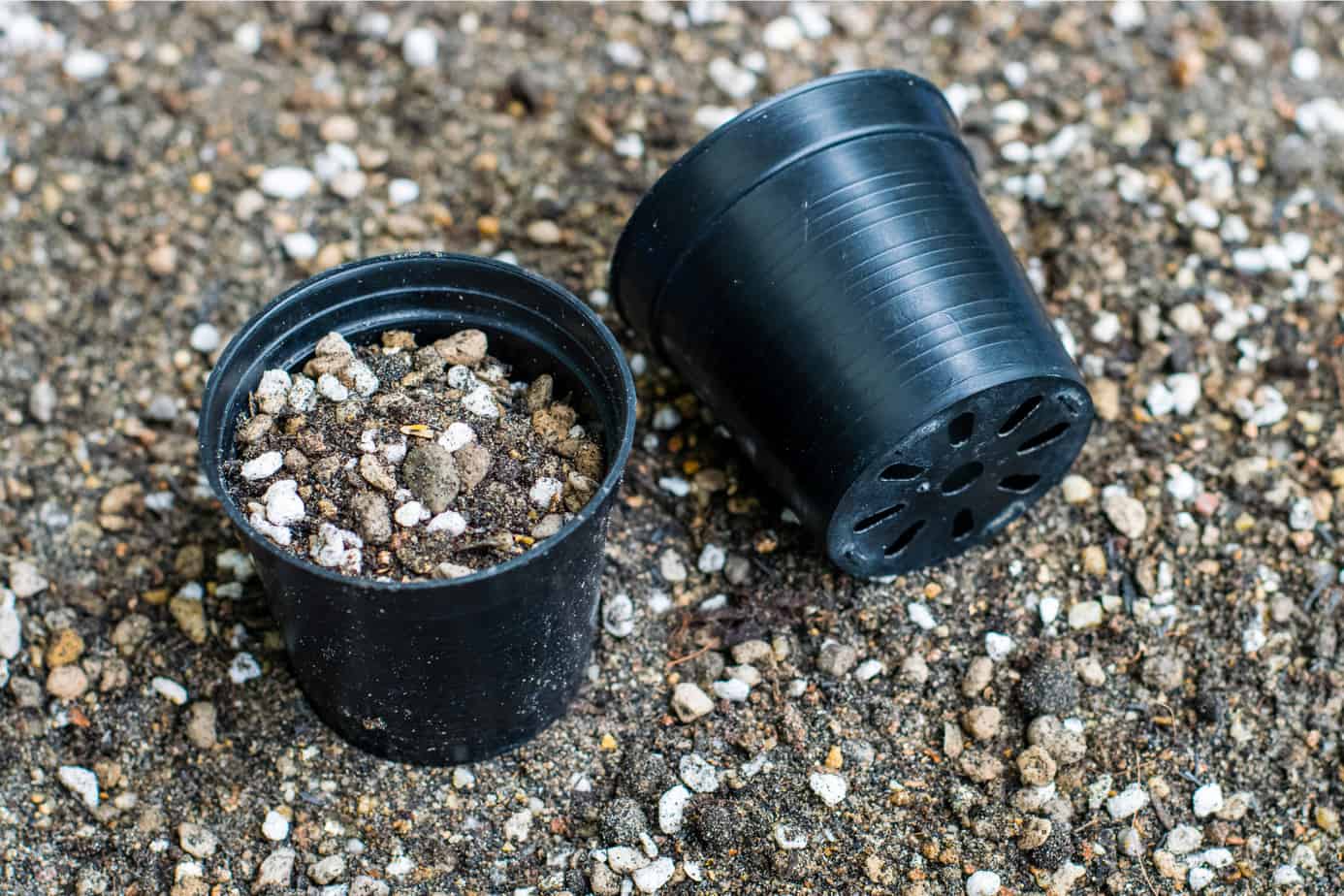
Adding grit or gravel helps the water drain immediately and keeps the fine feeder roots aerated. You can use it as a bottom layer in your bonsai pot to improve the drainage. Still, many bonsai users have stopped using it.
Lava Rock

OLYMPUS DIGITAL CAMERA
Lava rock helps retain water and provides an excellent structure for root growth. The roots of the tree grow into the rock.
Pumice

It is a soft volcanic rock that absorbs water and nutrients well. When added to a soil mixture, it helps with water retention for the roots to grow healthy.
DIY Bonsai Trees Soil Mix

Before you start preparing your soil mixture, the vital thing to remember is that not all tree species have the same demand when it comes to soil. But there are two primary soil mixtures made for coniferous and deciduous trees. Both provide excellent aeration and water retention.
Still, it would be best to adjust this standard bonsai mix according to your location. For example, if you can care for your trees more than once a day, you can add some organic soil with Akadama to increase water retention.
If you live in wet climates, we recommend adding more crushed lava rock or gravel to enhance drainage.
Coniferous and Pine Bark Soil Mixture
We recommend using 33% Lava Rock, 33% Pumice, and 33% Akadama in your mix for drainage and aeration.
Deciduous Bonsai Soil
For deciduous trees, use 25% Lava Rock, 25% Pumice, and 50% Akadama.
Basic Bonsai Mixing Steps
Choose a medium-sized grain Akadama for your soil mix.
Next, sieve the baked clay to remove the fine dust to provide proper aeration and drain excess water.
Now, add your pumice that needs no sifting, and add your lava rock by sifting it to your potting mix.
If your tree species needs a lot of water absorption, we recommend adding organic soil.
Tips When Using a Bonsai Soil Mix
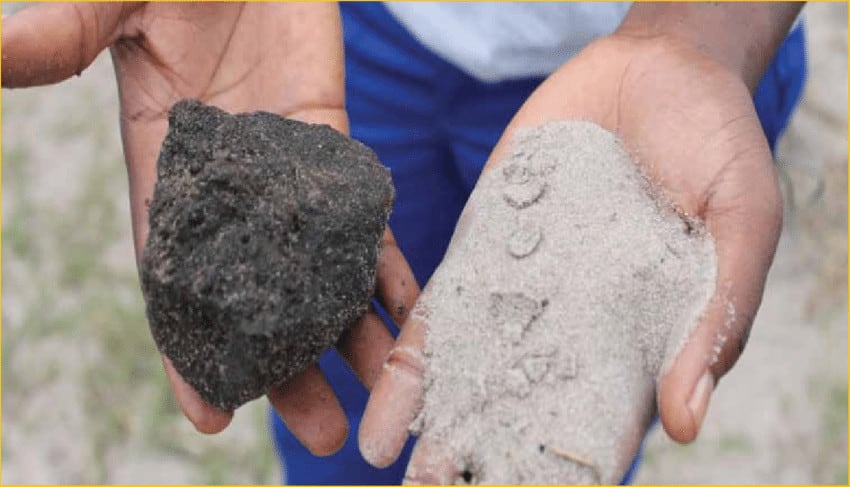
As time progresses, soil naturally condenses, and it is best to do a simulation test of how the organic components and substrates will hold up. To simulate the compaction before filling the bonsai pot, you need to be able to squeeze the clump of wet using your hand.
Suppose your bonsai mix is compact like a hard clump, then your soil has too much organic matter. Eventually, it will retain water and can lead to wet feet and root rot. Another problem is that there are not enough air pockets, leading to more concerns.
If your soil mixture falls apart when released from the hand, there is enough drainage but no aeration. To fix both these problems, if too compact or loose, you can add some more bonsai substrate like crushed granite or other organic matter.
Frequently Asked Questions
The bonsai tree you plant in a small quantity of soil needs to retain moisture nutrients and have air for healthy root growth. So, your bonsai plant needs to have a good soil mix that drains well, contains water, and provides air pockets for a healthy bonsai to grow.
All bonsai plants need root pruning, and the best way to do this is with re-potting. Still, there are a few factors to consider when changing the soil. For example, you may find some plant species have prolific root growth and need more re-potting than others.
If your bonsai tree is young and in a small pot, you may need to prune the roots often, and even trees growing in shallow pots need their roots to expand in bigger containers. Sometimes a bonsai pot has no depth, or you have a tropical species with year-round growing, and it fills up the pot fast.
The basic bonsai soil mixes comprise Akadama (baked clay), organic compost, lava rocks, and fine gravel. They provide porous properties to retain moderate water suitable for your trees. While potting soil is made up of bark, moss, and perlite that retains more moisture and is harmful to the development of the roots.
No garden or potting mix will not work as your bonsai soil is specially made up with a pH-neutral that is not acidic or basic. The pH level should be between 6.5 to 7.5.
Whether you want to buy, sell or simply reach out to other plant enthusiasts, Plantly is the right place to be!
In stock In stock In stock In stock
$42.99
Sold By:
Succulent Oasis
Mature Succulent Plant ‘String of Pearls’
Rated 4.84 out of 5 based on 352 customer ratings00
Sold By:
Succulent Oasis
$15.99
Sold By:
BubbleBlooms
Philodendron Micans Hederaceum, 4 inch, Heart-Leaf Philo, Sweetheart Plant
Only 987 available and it’s in 3 people’s basket Rated 4.81 out of 5 based on 279 customer ratings00
Sold By:
BubbleBlooms
$8.96
Sold By:
CZ Grain
10 Saffron Summer Squash Seeds for Planting (10 Seeds)
Rated 4.60 out of 5 based on 156 customer ratings00
Sold By:
CZ Grain
$40.00
Sold By:
Southern Oak Exotics
Anthurium Magnificum x Crystallinum
Sold By:
Southern Oak Exotics


